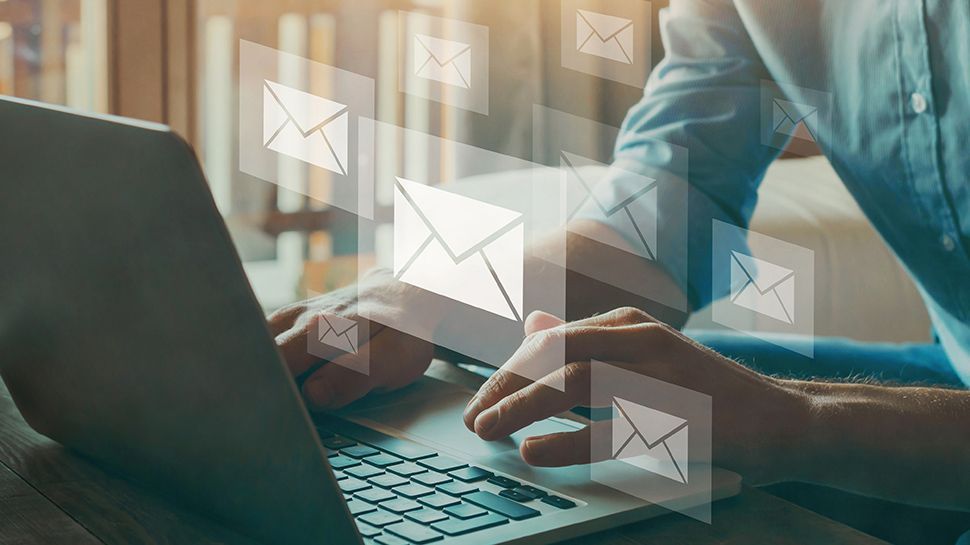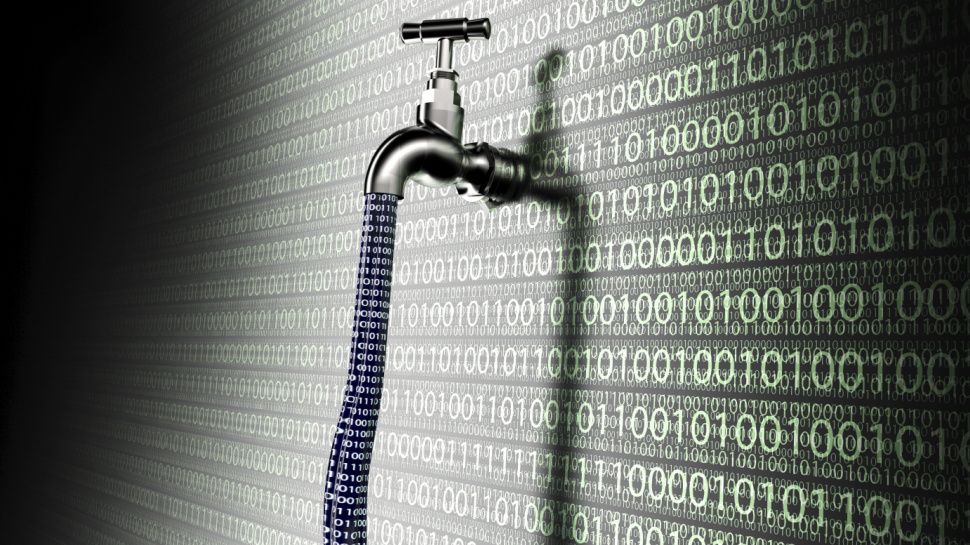In a significant step toward improving email security, Google and Yahoo will implement new email authentication protocols for high-volume email providers starting in February 2024. This initiative aims to strengthen cybersecurity by requiring to mass senders who distribute more than 5,000 messages per day that meet strict validation. standards. Protocols, including Domain-Based Message Authentication, Reporting, and Conformance (DMARC), Sender Policy Framework (SPF), and Domain Key Identified Mail (DKIM), focus on preventing list abuse , improve sender verification and reduce phishing risks.
DMARC is particularly crucial in the fight against cyberattacks, as it authenticates sender addresses to block phishing and domain spoofing. In an era where AI-powered phishing attempts are becoming more sophisticated, tools like DMARC, SPF, and DKIM are essential to protecting email recipients. SPF protects domain names by verifying the sender's IP address, while DKIM adds a layer of cryptographic authentication to validate message ownership.
High-volume email senders must prepare now to comply with these new standards to maintain customer trust and message reach. Failure to comply could result in emails being blocked, affecting key business functions such as customer acquisition and promotions. To meet these requirements, senders should audit their current email authentication measures, review spam complaint rates, and standardize email practices.
CEO/Co-Founder of EasyDMARC.
Simple steps high-volume senders should take to ensure future email deliverability
To avoid delivery issues, high-volume senders should take proactive steps to ensure that emails:
Audit current email authentication protocols: Review existing measures against new standards. Ensure that all necessary authentication protocols are implemented and working correctly.
Set SPF– Configure the sender policy framework to protect email domains. SPF works by authenticating the source IP address of an email to an authorized list, thus combating domain spoofing and spoofing.
Implement DKIM: Use DomainKeys identified email to prove ownership of the email. DKIM verifiably signs messages, using cryptographic authentication to distinguish legitimate senders from malicious ones.
Implement DMARC– Implement domain-based message authentication, reporting, and compliance to authenticate sender addresses. DMARC cross-references the sender address with domain name records, blocking mismatched emails, thus preventing phishing and domain spoofing.
Evaluate email practices– Standardize email formatting, content style, links, and sending practices to align with conventional sender guidelines and maintain consistency.
Review and adjust email lists: Monitor spam complaint rates, striving to maintain rates below 0.3%, with an ideal goal below 0.1%. Improve list transparency by reviewing subscription flows and opt-out processes in email preference centers.
The Broadest Effort to Reduce Cybersecurity Attacks
These measures are not just about adhering to new protocols; They are part of a broader effort by major email providers to distinguish legitimate emails from potentially harmful ones. Email is a common avenue for various cyber threats. Phishing attacks, the most common form of cybercrime, exploit users' trust to extract sensitive information. With the sophistication of AI, these phishing attempts are becoming more convincing, making it harder for people to identify malicious emails. Business Email Compromise (BEC) scams, in which attackers impersonate company executives or partners, are another major threat that exploits the perceived legitimacy of email communications.
The implementation of email authentication protocols like DMARC, SPF and DKIM by Google and Yahoo plays a vital role in combating these threats. These protocols improve the integrity of email communications by ensuring that emails originate from verified sources, significantly reducing the risk of phishing and BEC attacks. This verification process is essential to building trust in the recipient, a crucial factor in the effectiveness of email as a communication tool. Additionally, authenticated emails are less likely to contain malware, protecting users from inadvertently downloading harmful content. By securing email channels, these protocols also help protect sensitive data from interception or misuse by cybercriminals.
The introduction of these requirements highlights the need for an industry-wide evolution toward better email security practices. While implementing these protocols can be complex and require some investment, the repercussions of non-compliance (including potential data breaches and loss of user trust) are much more serious.
Looking Ahead: The Future of Email Security
As we move forward, the continued evolution of AI and its use in cyberattacks will only make strong email security practices more essential. Organizations of all sizes must recognize the critical nature of email in cybersecurity and take proactive steps to protect their email communications. Google and Yahoo's efforts are just the beginning of what must be a unified approach to protecting digital communications against ever-evolving cyber threats.
The broader effort to reduce cybersecurity attacks through email is not just a technical necessity but a critical aspect of maintaining trust in the digital age. The commitment shown by industry leaders in implementing these email authentication protocols is a positive step toward a more secure and reliable digital future.
We have listed the best customer database software.
This article was produced as part of TechRadarPro's Expert Insights channel, where we feature the best and brightest minds in today's tech industry. The views expressed here are those of the author and are not necessarily those of TechRadarPro or Future plc. If you are interested in contributing, find out more here:








